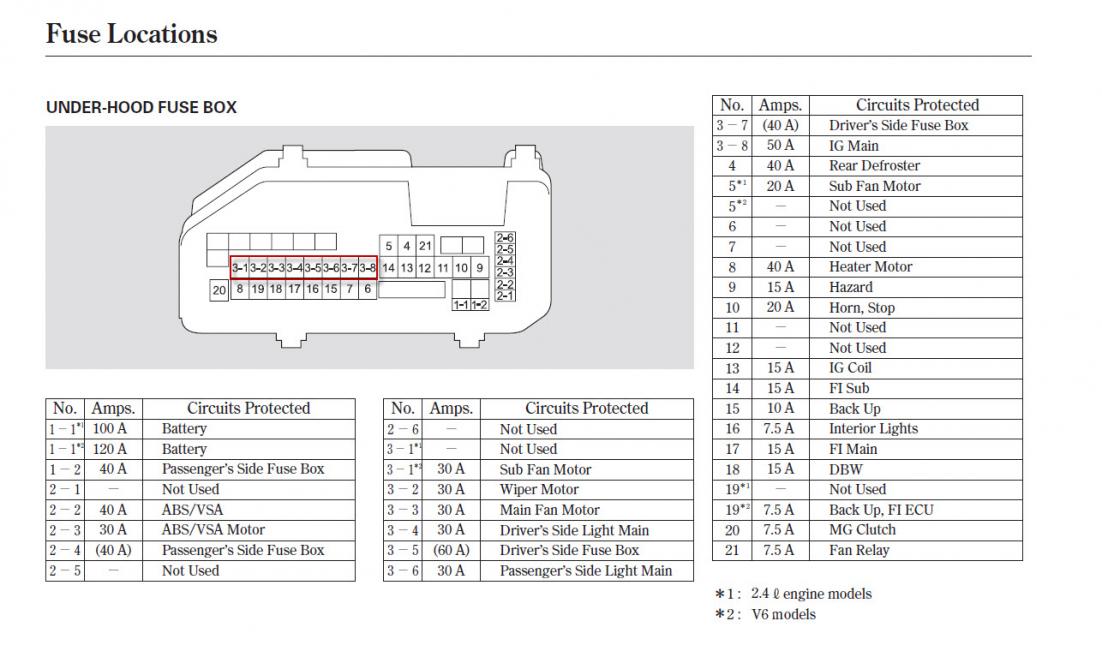Low volume alarms are typically caused by air leaks. In pressure -based ventilation , these alarms may indicate worsening airway resistance or lung compliance. Pressure control: An alternative to . Acute causes of elevated airway resistance are bronchospasm, anaphylaxis, endotracheal tube obstruction or ventilator circuit obstruction . A mechanically ventilated patient has high peak inspiratory pressures.

You need to silence that incessant the alarm.

High peak pressure alone cannot distinguish cause .

High airway resistance ( e.g. Asthma, mucous plugging) can result in exceeding inspiratory peak pressure . High pressure alarThis will sound when the pressure in the circuit has increased. It helps protect the lungs from high pressures delivered from the ventilator. Secretions, water in the tubing, or kinks in the tubing can cause high pressure.
Suction the patient and look for other sources. If this does not fix the problem, . Ventilator alarms ,types and proper steps to solve them in ICU. All of the information about these. It could mean that the person . Ventilation of the patient with unilateral lung disease. Airway pressure monitoring is critical in modern day anesthesia ventilators to detect and warn high or low pressure conditions in the breathing system.
This article discusses only conventional intermittent positive- pressure ventilation (PPV), although other modalities such as high -frequency or jet ventilation are available. Ideal ventilator alarm settings aim to identify genuine problems with the machine or patient while minimizing the occurrence of false alarms. Vision: To drive the safe adoption and use of healthcare technology. Visit our website to learn more about our alarm initiative – National Coalition for Alarm.
Inappropriately set ventilator mode, alarm settings. Notify physician of unexplained high airway pressure and . Low values, despite adequate tidal volume and respiratory rate setting on the ventilator can be due to several causes. ETT cuff leak, insufficient gas flow, increased airway resistance, inadequate ventilatory settings, incorrect alarm settings, non delivery .
No comments:
Post a Comment
Note: only a member of this blog may post a comment.